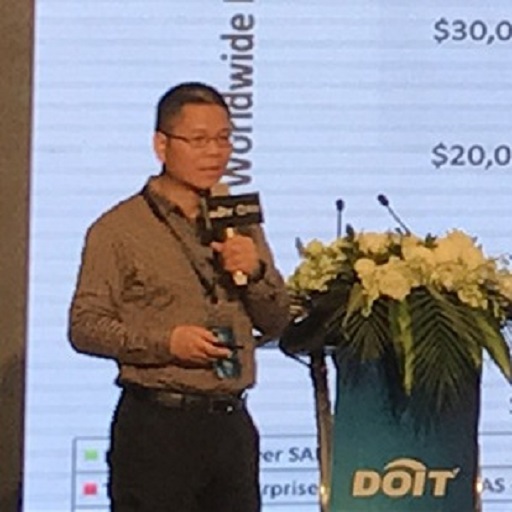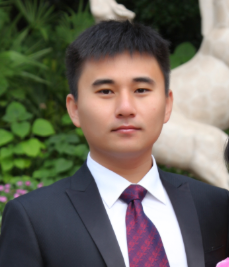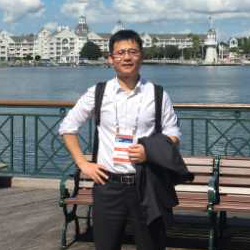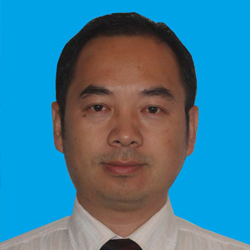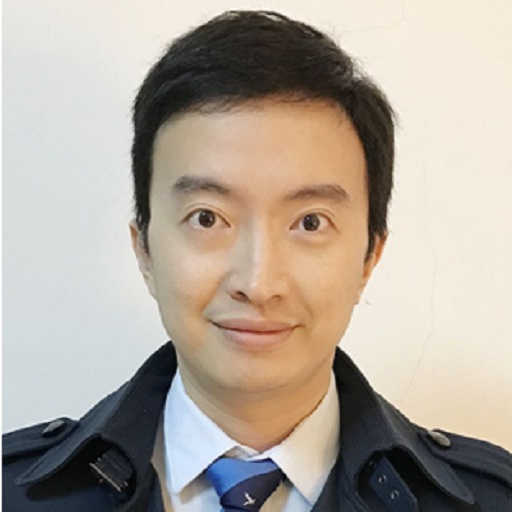Greater China Technical Director, Rubrik
Mr. Huang has worked in the IT industry for more than 21 years and has extensive experience in systems management, database management, IT consulting and data center architecture design. He has been focusing on helping customers with system reliability and continuity issues in the past 15 years.
Bebefore joining Rubrik, Mr. Huang served as a senior chief architect for Veritas Greater China and focused on leveraging Veritas' full line of products to help large enterprise customers design data protection and disaster recovery solutions for the telecommunications, financial and energy industries. Successful experience in designing challenging solutions with a large number of petabytes of data and massive business systems.
Topic: Modern Enterprise Backup Architecture
Today's enterprise IT is already in a different environment and is still evolving rapidly. The target of modern IT architecture design is to innovate quickly, empower the business, and increase revenue growth - in other words, prepare for the future.
Different companies and business units use different names to describe this preparation. You may be dealing with software-defined data center initiatives, digital transformation initiatives, migration to hybrid clouds, automated operations, Devops, Infrastructure as Services, and even infrastucture as code.
For the technical staff who are in the architectural design role, there are two types of IT tools when looking for these major initiatives. Traditional backup and recovery is a classic example of a barrier to technology. This architecture crashes as you expand to more and more sites. Assuming you have recently merged or are building an internal private cloud, companies need a new architecture to eliminate these legacy barrier. This architecture requires a collection of the necessary components to build a data protection architecture into a unified, complete framework.
Audience benefits:
1. Understand the core technical challenges faced by backup systems in the wake of the transformation of enterprise IT systems
2. Exploring how the backup system develops in the cloud computing revolution, how to design the corresponding data protection architecture
3. Understand how emerging data management technologies based on backup can help companies achieve their goals


